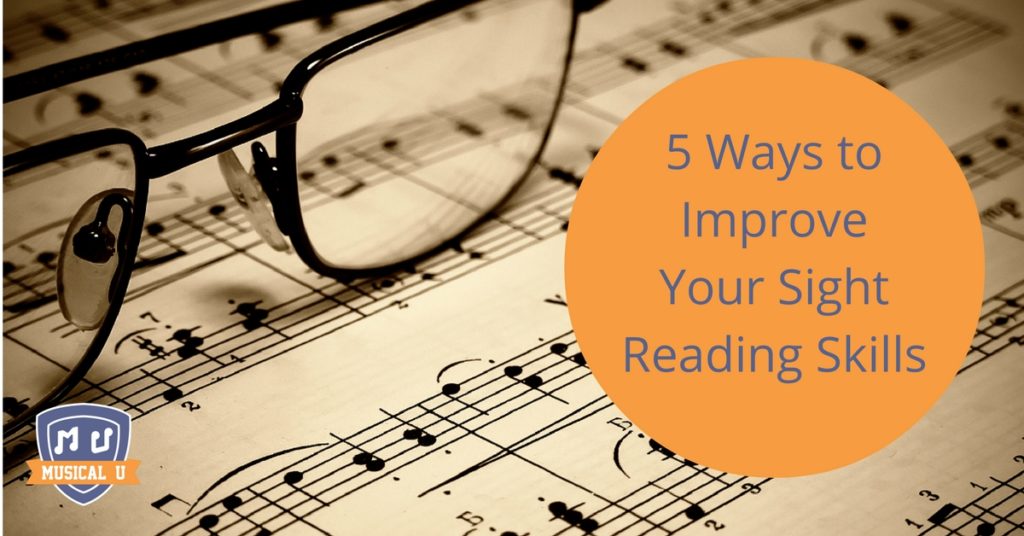Being a great musician takes a lot of hard work – no matter what instrument you play. It means focusing on technique and figuring out ways to be more expressive in your musicality.
For many instrumentalists and singers, great musicianship also means being able to effortlessly sight read music. Your skills won’t evolve as quickly if your sight reading ability is weak.
Here are 5 useful tips to get your sight reading skills up to speed.
1. Take time to practise.
Like anything else, the first way to start improving your ability is with practise. You can incorporate sight reading practice into your regular musical instrument practice sessions using a book of sheet music or a website like SightReadingMastery.com. Be sure to give yourself the best possible environment for a successful session each day. As time goes by, you’ll get stronger and faster with your sight reading.
2. Understand the rhythm of the music.
No matter what you’re sight reading, you must have a solid understanding of the tempo and rhythm of the piece. Understanding common musical rhythms in different styles of music can make sight reading more manageable.
By being sure of the time signature and beat of the song, you’ll be better prepared for sudden tempo changes, complicated note sequences, unusual rests, and other unexpected surprises in the music’s pattern. With more exposure to different genres of musical styles, you’ll learn to anticipate some rhythms before you start reading the music and playing.
3. Hum the music to yourself.
When looking at a piece of music for the first time, many musicians swear by humming it to themselves before they begin playing it. Instead of immediately getting your instrument out, try going through it audibly by either humming or singing the notes from the score.
By utilising this strategy, you can simply focus on the way the music is supposed to sound as it is written rather than your instrument and how well you’re playing it. Once you’ve worked your way humming through the piece, start playing a few notes with your instrument. If there are still a few tricky parts that are too challenging to play, put your instrument down again and hum them out until you understand them.
4. Focus and be prepared for challenges.
It’s also important to focus on the material you’re sight reading. Sounds like a no-brainer, doesn’t it? But it’s true: if you’re not completely tuned in to what you’re doing, you can’t expect to make much progress.
Reading any type of material, not just music, requires a certain level of metacognition – or a state of reflection. When you lose your focus in reading a book, you tend to just skim the surface without gaining any true comprehension. The same is true when you’re sight reading music.
If you’re unfocused when trying to sight read, you can’t actively comprehend what you’re working on or problem-solve when you happen upon challenging sections. You must not only think while you read the music, but you must also connect those thoughts with your playing ability.
5. Aim for a natural sound from your instrument.
Finally, make sure your sight reading helps promote a smooth and natural flow of sound from your instrument. At some point, you have to stop focusing on each and every detail on the page and just listen to the music or the accompanying instruments and do what feels natural. This is where your inner musicality shines through.
Strengthening your sight reading skills can make a drastic improvement on how you play and how you practise your instrument. By becoming a stronger sight reader, you make a worthwhile investment in your musical journey.
How are your sight reading abilities changing as you get better at playing?
Share in the comments below.







